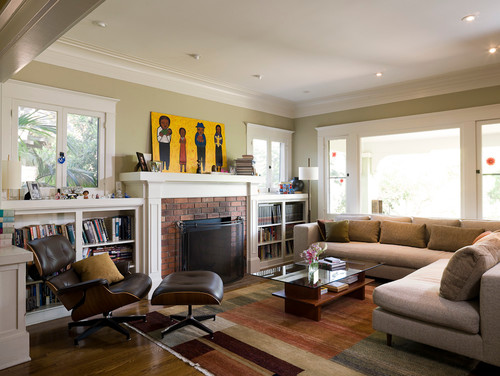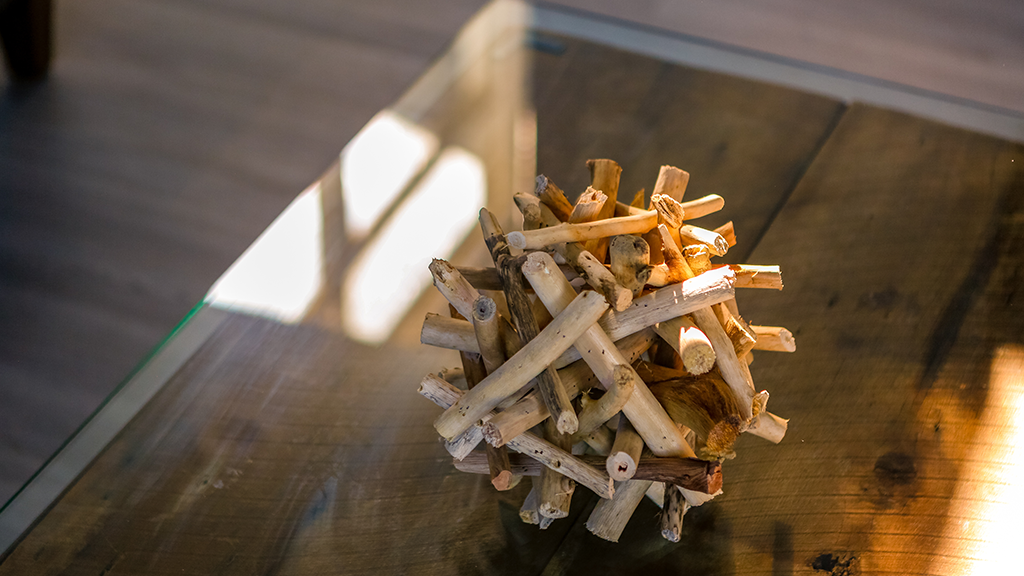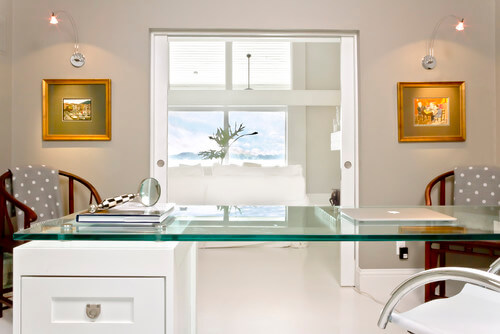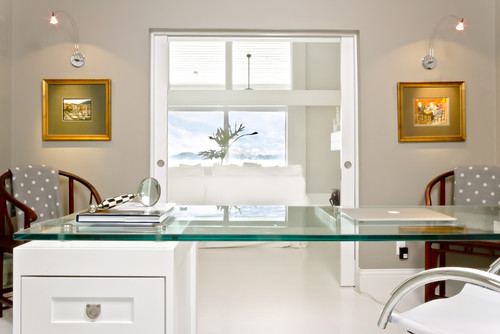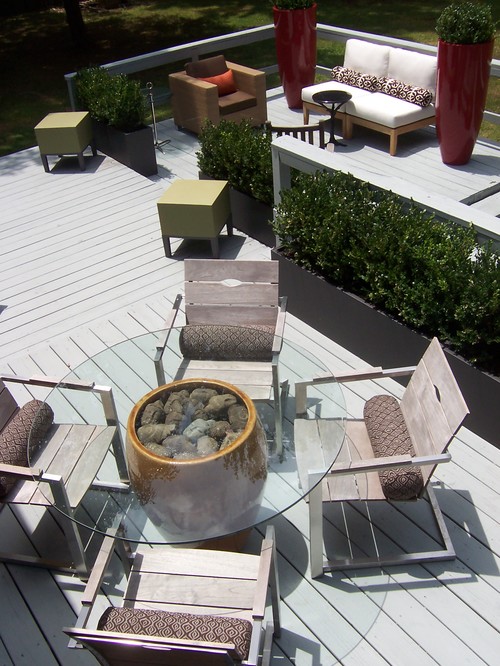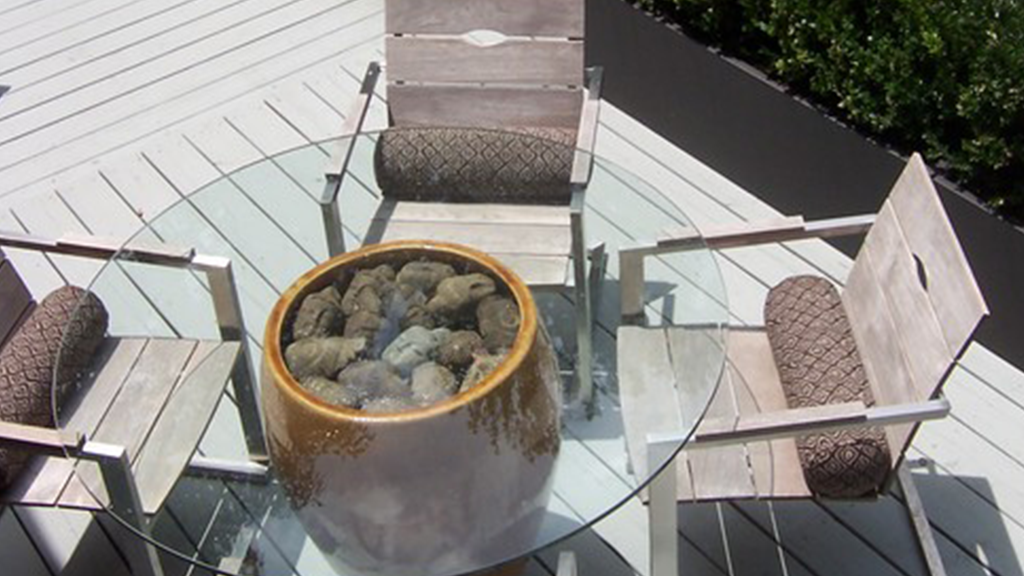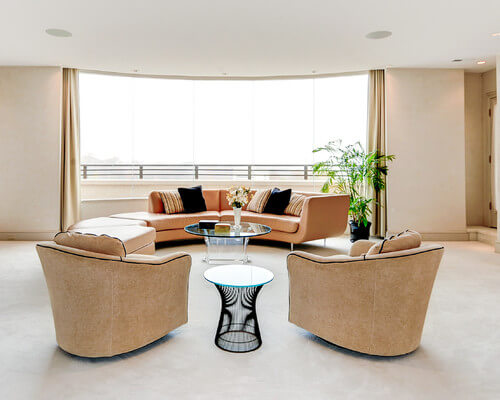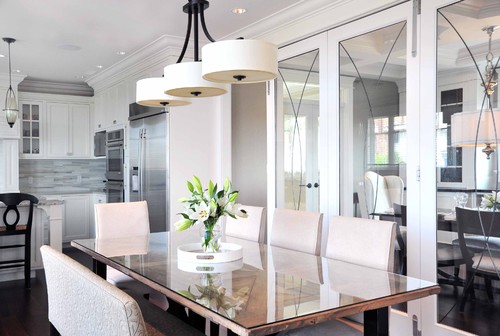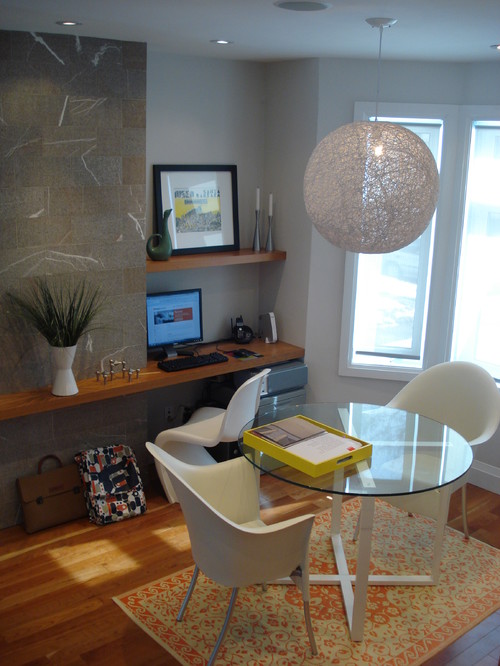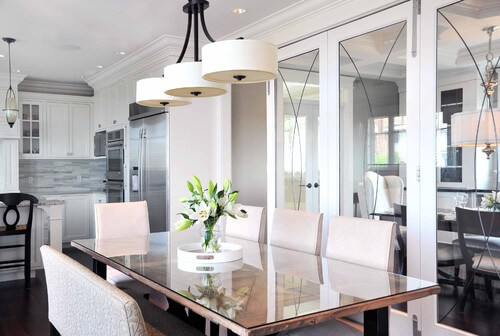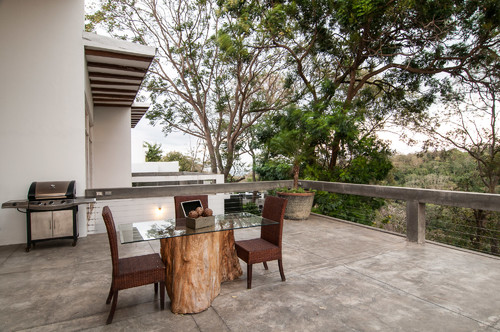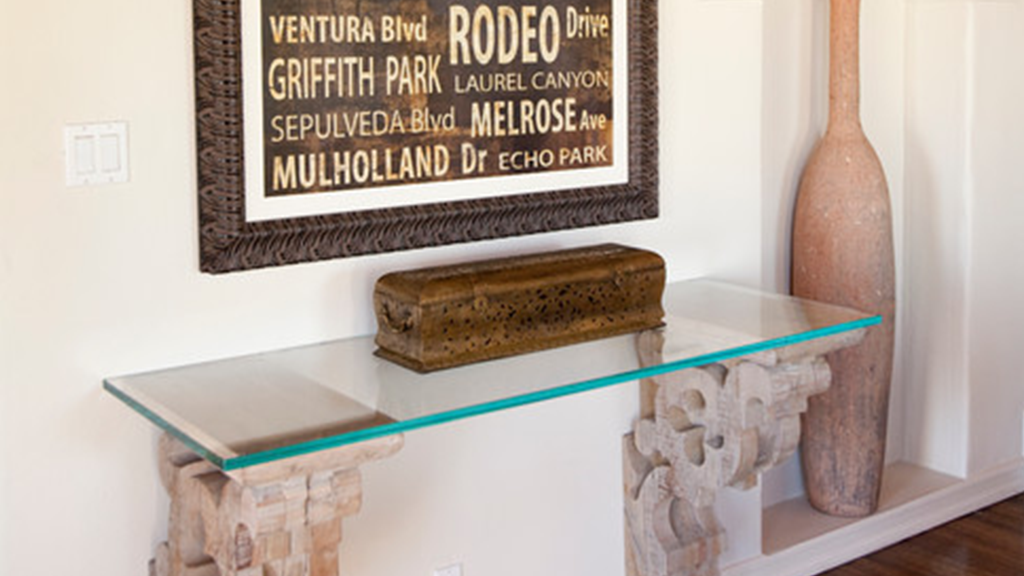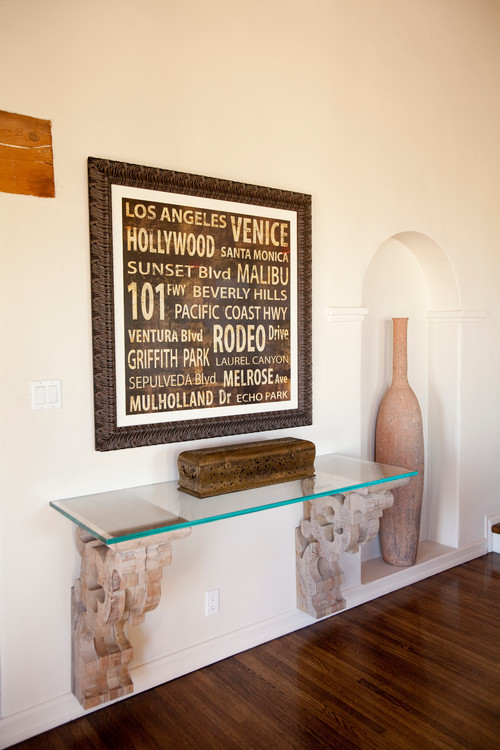Have you ever considered using glass to protect your new tabletop? In this guide, I’m going to explain everything that you need to know about purchasing your new glass table top protector.
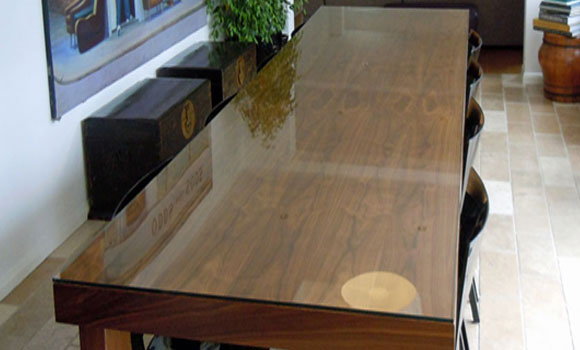
Glass tabletop protectors can use on any new or existing tabletop. We simply cut and polish the glass to the shape of the table. And the glass set on top of that existing table to act as a barrier between the timber. It simply acts as a barrier to protect your table against scratches or scrapes.
The most common question I get asked is, do you need tempered glass on your next tabletop? In fact, if your glass is sitting on top of an existing table. And it’s fully supported all the way underneath we strongly suggest that you use standard float glass. Float glass has a harder surface area and doesn’t scratch as easily as tempered glass. The other benefit is if it does break it simply cracks in position and stays on the table.

With a tempered tabletop, it’ll explode and the glass will go all through your house. Tempered table tops predominantly used where the glass is the main structural support of the table. A number of designer tables have tempered glass table tops where the legs actually glued to the underside of the glass rather than sitting on top of a timber table top.
Glass table tops can use for both indoor and outdoor tables but consideration needs to show the glass type that’s used and the fixing method. Outdoor tables tend to blow away in windy conditions so this should definitely consider if you want to install a glass table top onto an outdoor table.
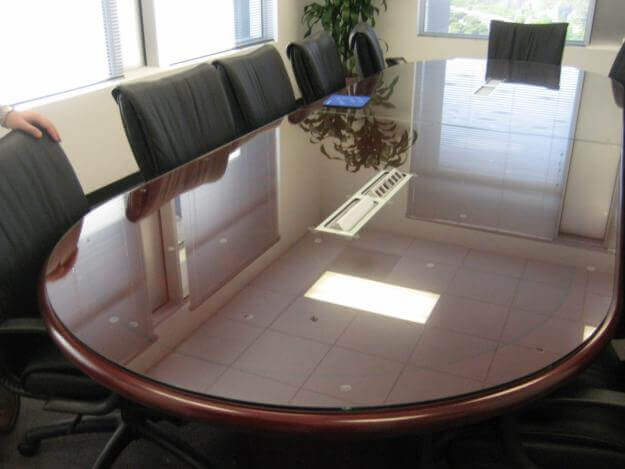
Now I guess you’re wondering if your uniquely shaped table top can cut. The answer is yes, we cut table tops of all different shapes and sizes. Sometimes there are just additional processing steps that need to take place. With complex shapes. We need to template the table top using a timber MDF product to then transfer it into a template for the C and C machine to cut and polished effectively.

There are a couple of different benefits with your tabletop other than protecting the top of the table. For instance, if you use black glass on a white table, this creates a great contrast between the furniture color. The glass tabletop also creates a luxurious feel that highlights. The grain of the timber underneath makes it pop or magnifies it slightly.
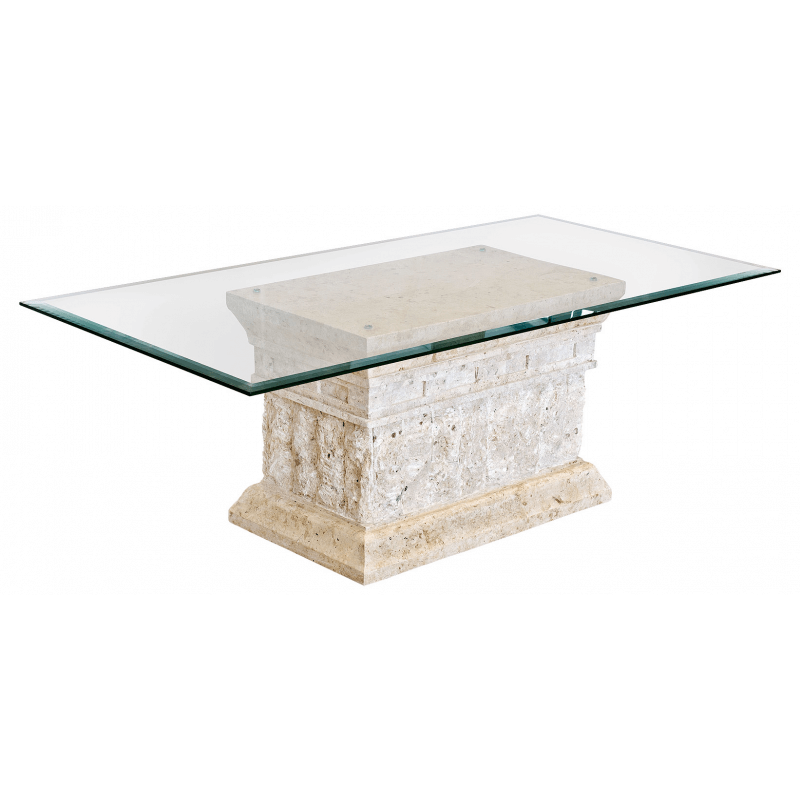
Glass table tops can install onto a wide range of different materials. In fact, we’ve installed them on stone, metal, or more or less any other material you can think of. The main point to consider is that the surface that the glass tabletop is sitting down on is completely flat and true. If the material that the glass is sitting on isn’t completely true or flat. This can cause the glass to rot or bow slightly.
Not only is this unsightly it can also cause issues down the track with the glass cracking or becoming under stress over time. If you would like more information, feel free to download our free guide on all things frameless glass.
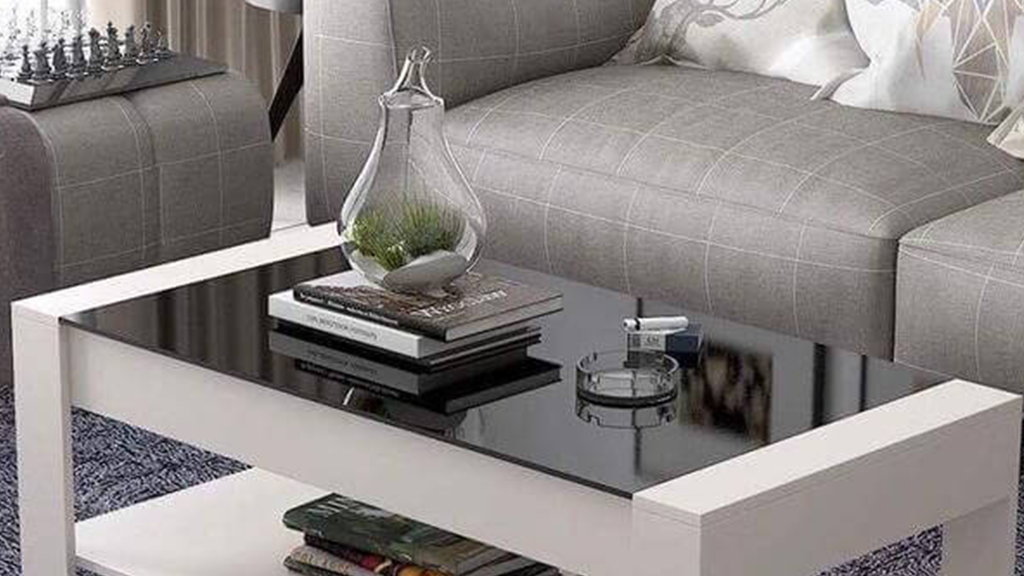
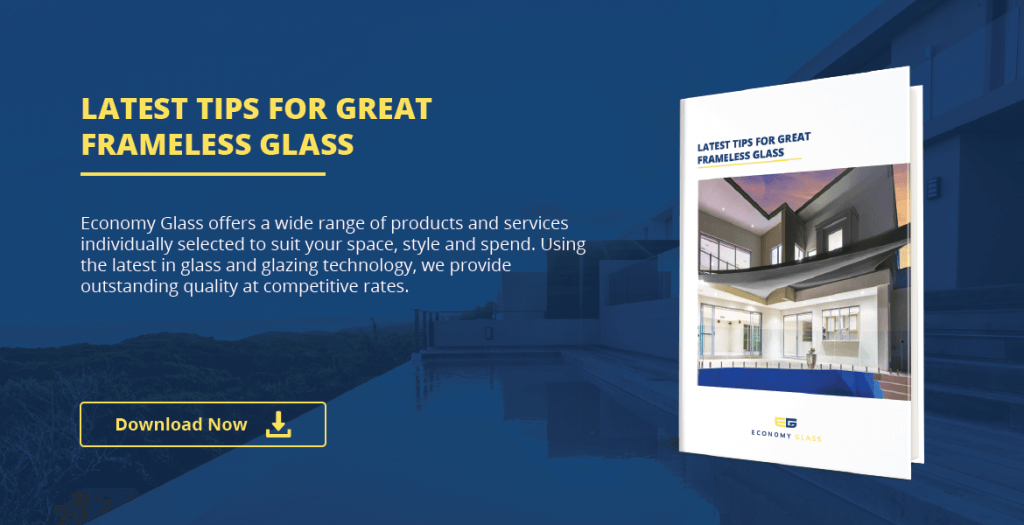
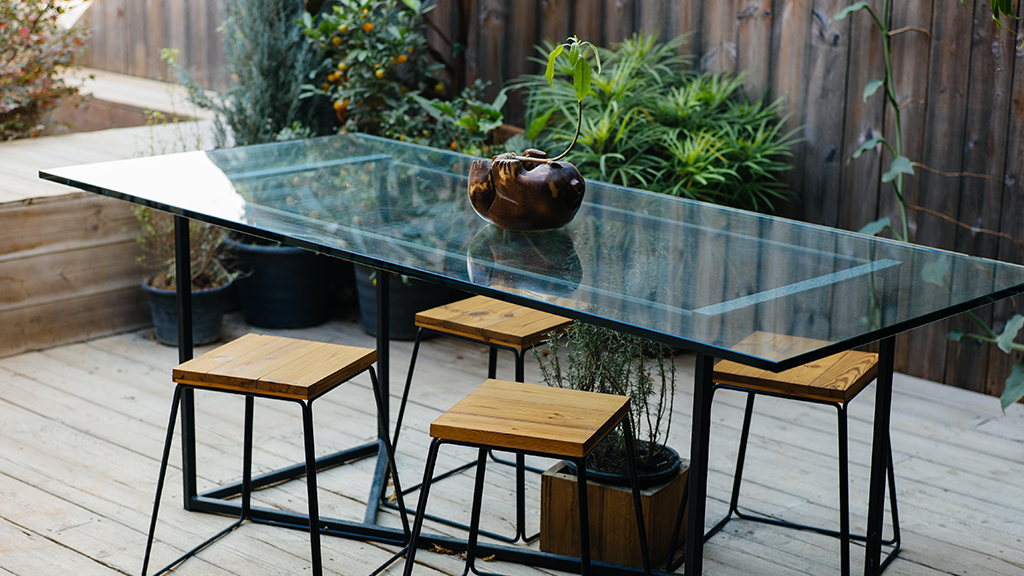
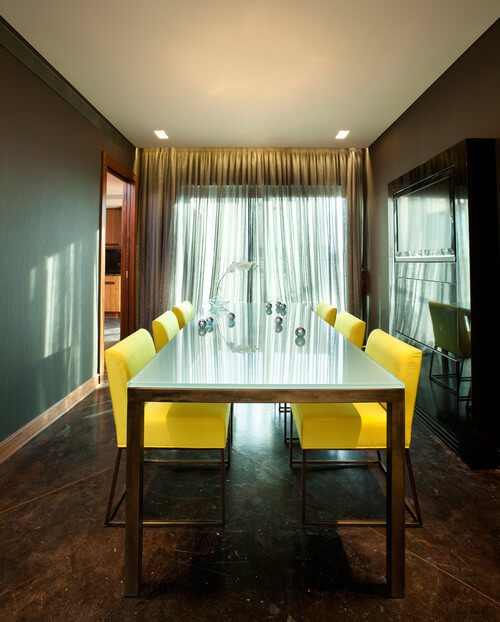
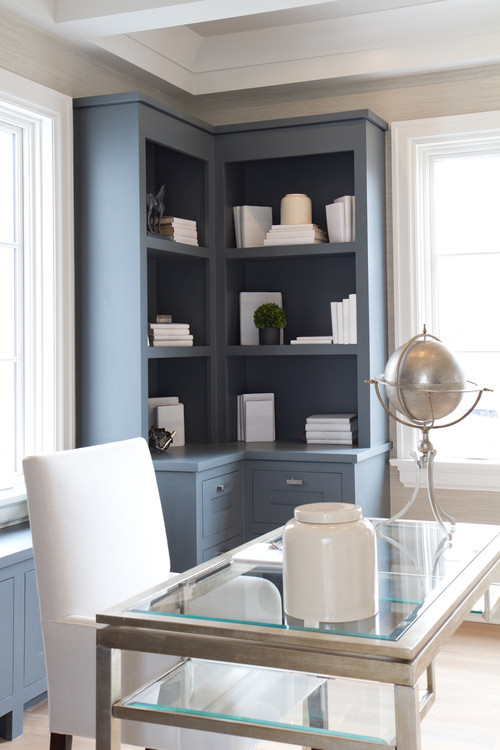
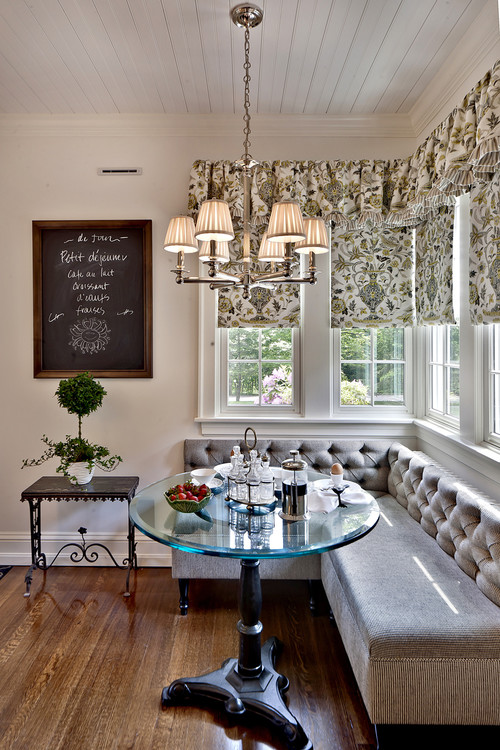
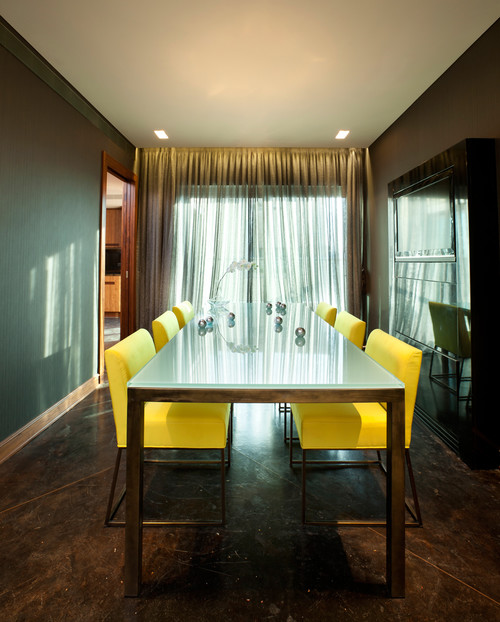

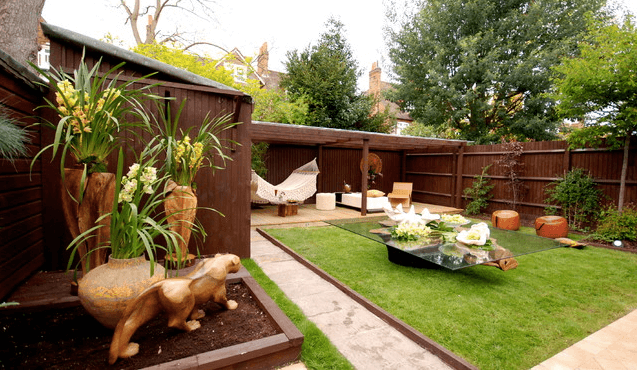
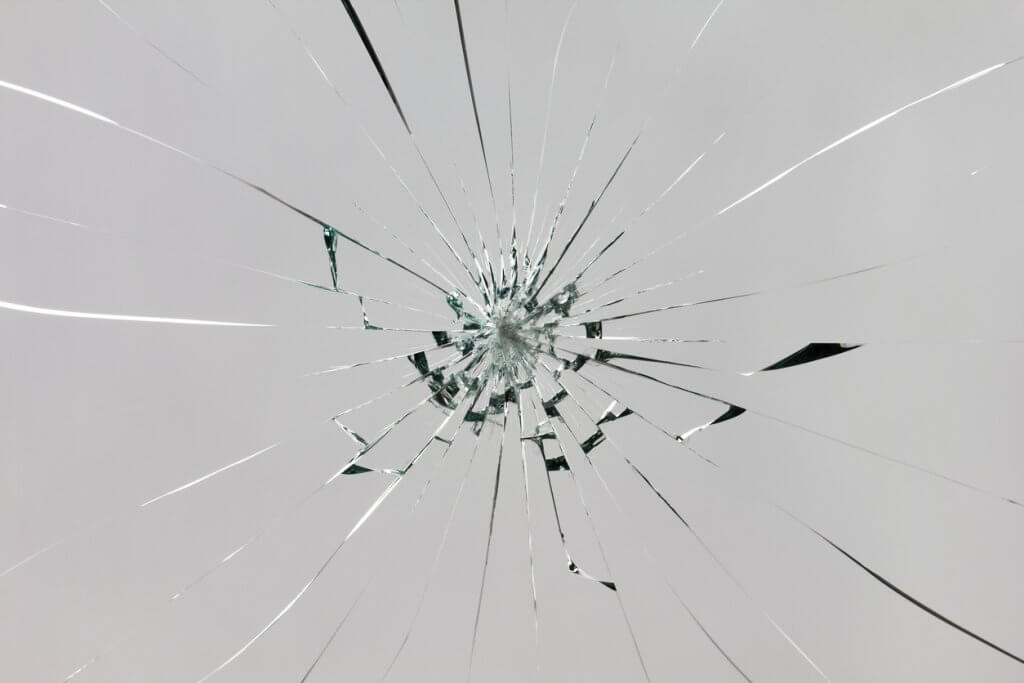 When looking for a new piece of glass to replace glass table top, which type of glass should you use so you aren’t shopping for a replacement again in a few months?
When looking for a new piece of glass to replace glass table top, which type of glass should you use so you aren’t shopping for a replacement again in a few months? 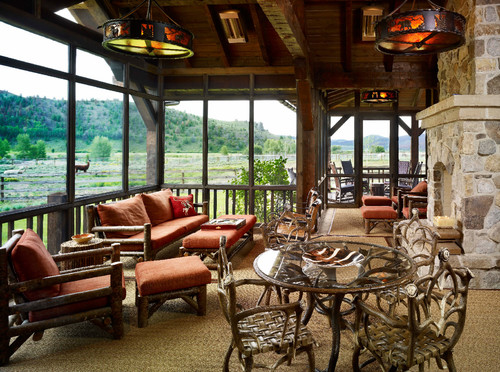
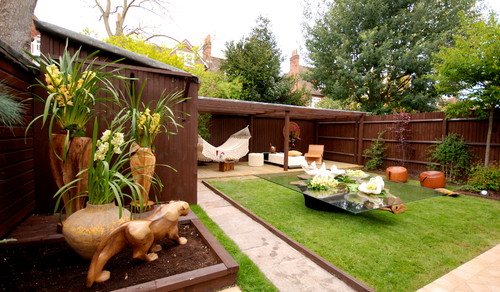
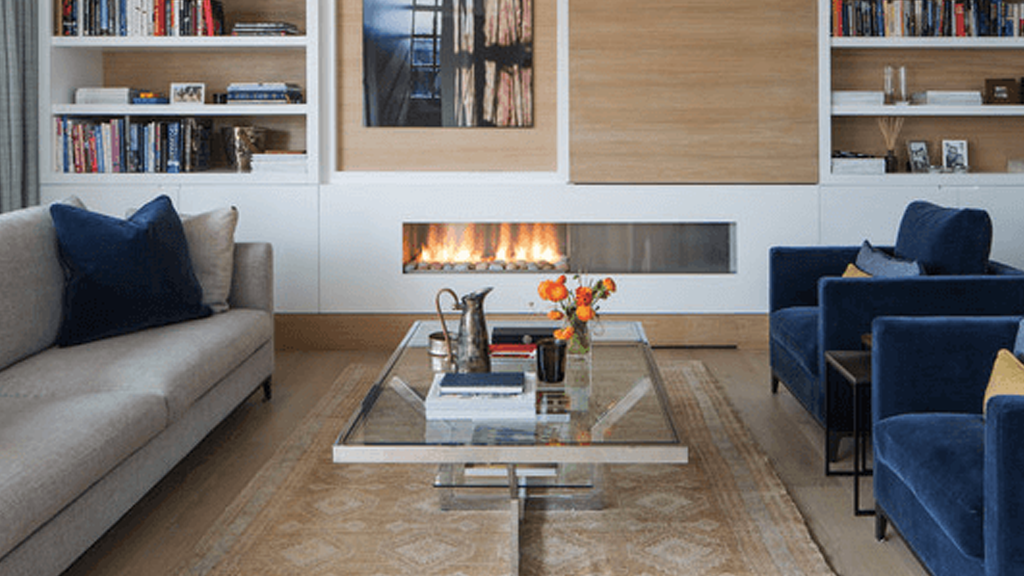
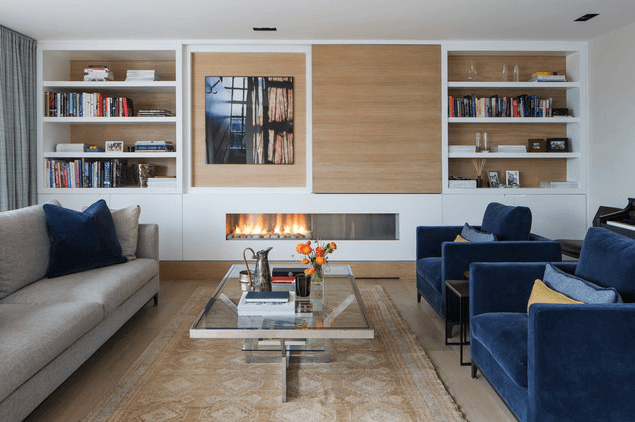 From a sleek glass dining room table to dazzling coffee tables with a rectangle glass table top, a glass surface always adds a distinctively elegant look to any space.
From a sleek glass dining room table to dazzling coffee tables with a rectangle glass table top, a glass surface always adds a distinctively elegant look to any space.

